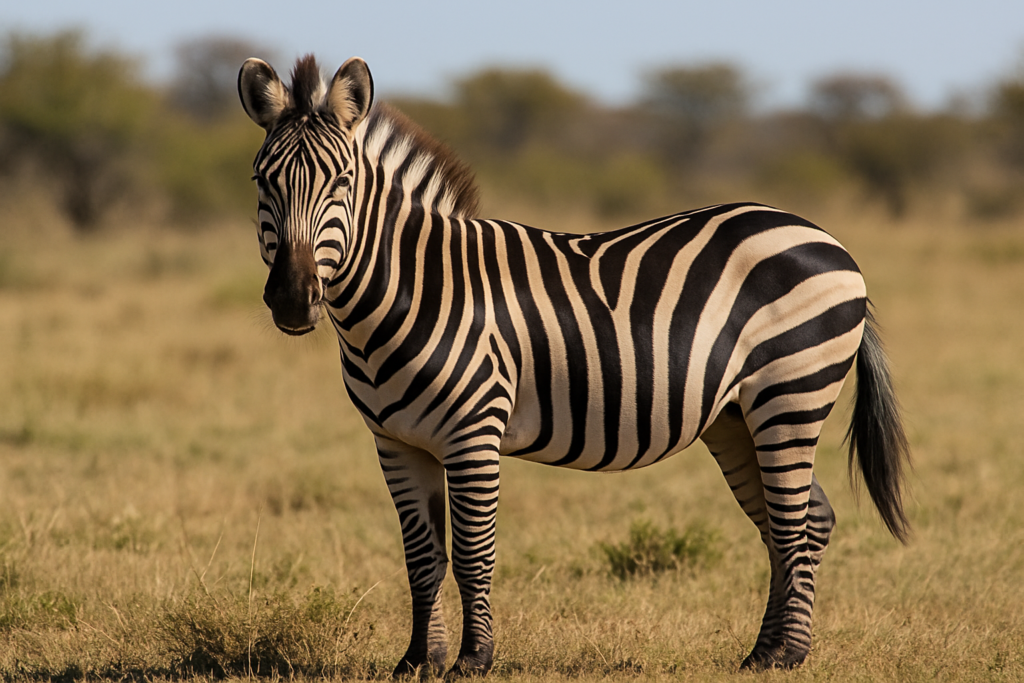
More than just a bold fashion statement, zebra stripes may serve several surprising purposes in the wild.
Zebras are among the most visually iconic animals on Earth, thanks to their black and white stripes. But scientists have long debated the real purpose behind these bold patterns. Are they for camouflage, communication — or something stranger?
One leading theory is that stripes help with **pest control**. Studies have shown that biting flies, like tsetse and horseflies, are less likely to land on striped surfaces. The contrast in the pattern may disrupt the insects’ vision, making it harder for them to identify zebras as targets.
Another idea is that stripes provide a form of **thermoregulation**. As different parts of the zebra’s body heat up at different rates, air currents may develop along the stripe boundaries, helping to cool the animal down in the hot African sun. Though still debated, this theory highlights the unique way zebras might use their pattern for survival.
There’s also evidence that stripes play a role in **social bonding and recognition**. Each zebra has a unique stripe pattern, like a fingerprint, which helps herd members identify each other. This can be especially helpful for mothers and foals staying connected in large groups.
Contrary to popular belief, stripes are not primarily for camouflage in the traditional sense. In open savannas, stripes don’t blend with the background — but in motion, a group of zebras moving together can confuse predators through a visual effect known as motion dazzle.
So while the exact reason may involve multiple functions, it’s clear that zebra stripes are more than just stunning — they’re an evolutionary toolkit for survival.